A new study of the floor of the Bay of Fundy shows a surprisingly large amount of trash and lost fishing gear.
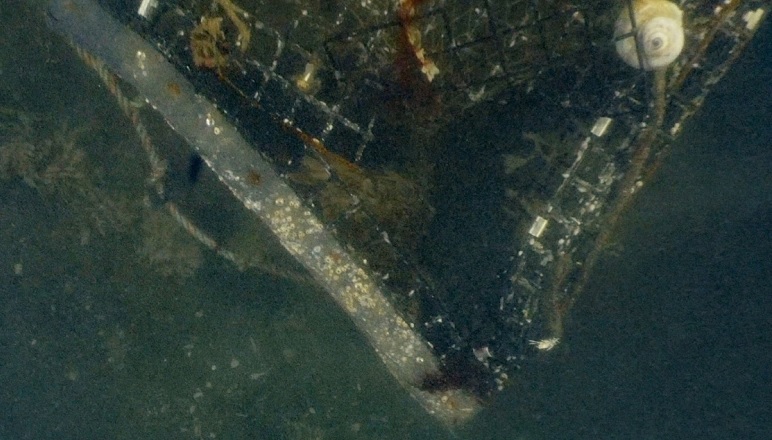
Edge of a derelict lobster trap with moon snail shell (A.J. Goodman et all- Nova Scotia Community College)
The study is the first attempt to quantify debris on the seafloor in the region. The researchers, using underwater cameras, studied 281 locations in the bay over the course of three years.
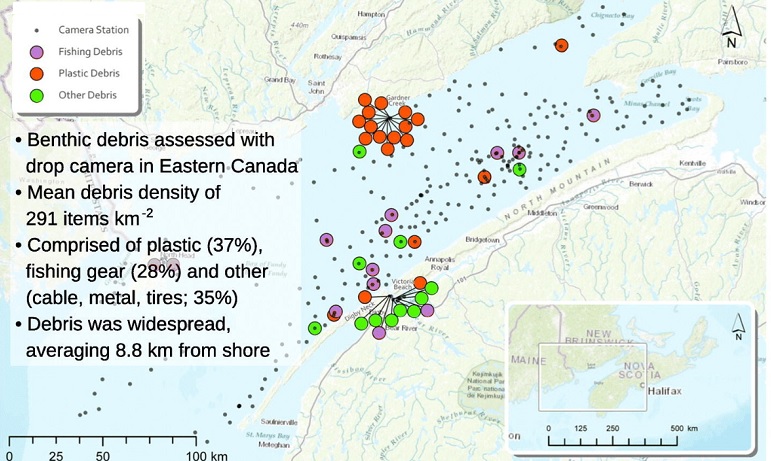
Map showing types of garbage and where it was found in the Bay. ( A.J. Goodman et al)
They calculated 137 discarded items per square kilometre which they say works out to 1.8 million pieces of junk of various sorts in the bay.
The researchers say, that number is also likely underestimated because they could only count what was visible and possibly many more items were buried under sediment, and that also doesn’t count microplastics.
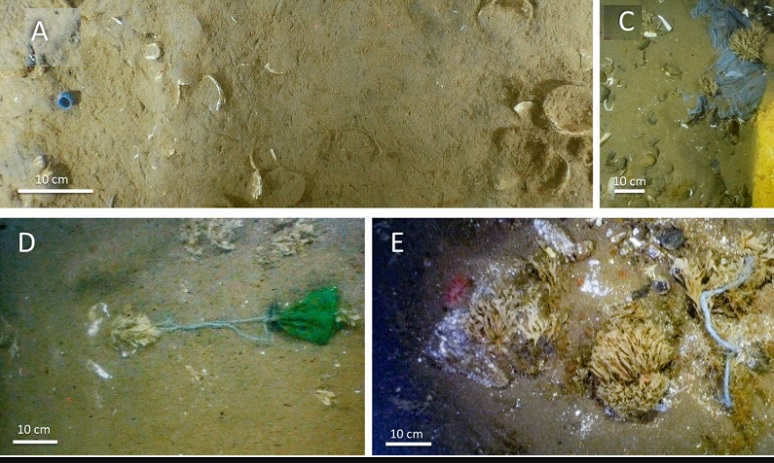
Various plastic and rubber trash: A-a blue rubber band used o hold lobster claws closed, C-a blue partially buried plastic bag, D- a lobster bait bag and cord, E-blue fishing rope (A.J.Goodman et al- NSCC)
The various items were counted and classed as plastics, which comprised the majority of debris (51%), lost or abandoned fishing gear (28%) and miscellaneous items, cables, metal and old tires made up the rest (21%). Most of the items were within nine kilometres of the shore.
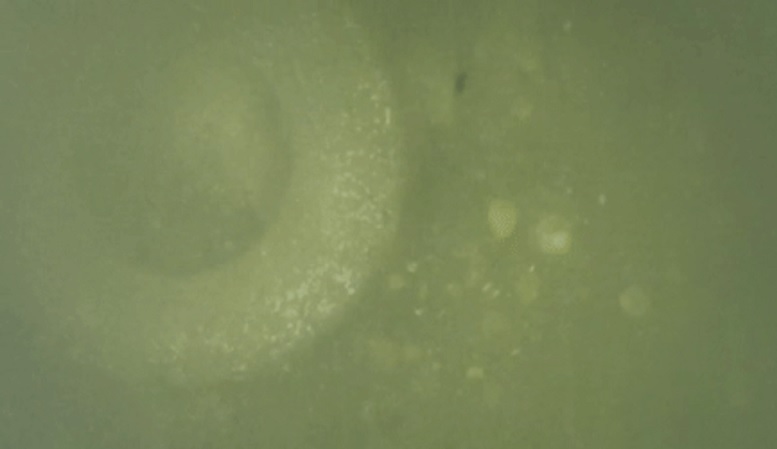
An old tire found on the bottom (A.J. Goodman et al- Nova Scotia Community College)
Tony Walker, a professor in Dalhousie’s School for Resource and Environmental Studies, said while there was no evidence of ghost fishing from the lost gear (i.e, when it continues to catch and kill marine life) nor that the garbage posed an immediate harm to the sea floor, but the plastics especially pose a problem as they do not decompose, but rather degrade into smaller and smaller bits and can be mistaken for food by fish, birds, and marine organisms.
Additional information-sources
- Marine Pollution Bulletin: Benthic marine debris in the Bay of Fundy: spatial distribution and categorization using seafloor video footage
- Dalhousie University News: Nov 15/19: Trash in a Canadian Treasure: Garbage in Bay of Fundy
- CBC: P. Withers: Nov 15/19: 1.8 million bits of garbage litter floor of Bay of Fundy
- Canadian Press (via Global News): M. Tutton: Nov 14/19: 1.8 bits of garbage in Bay of Fundy , study estimates
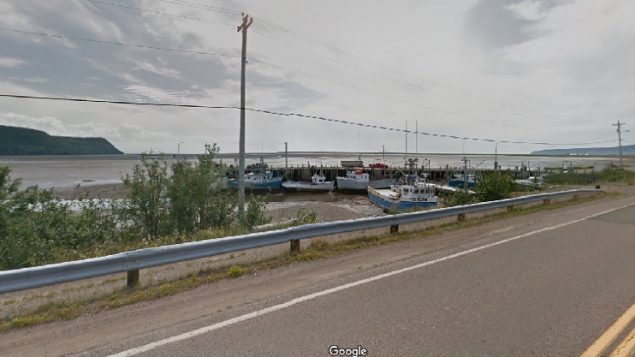






For reasons beyond our control, and for an undetermined period of time, our comment section is now closed. However, our social networks remain open to your contributions.